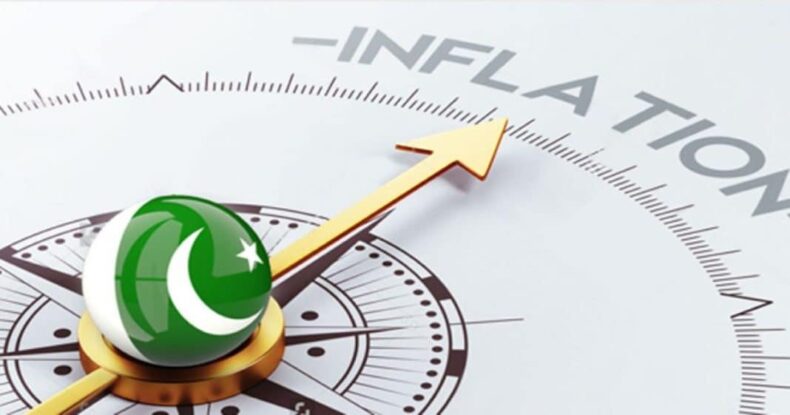Pakistan, facing financial difficulties and a decrease in its foreign reserves, has decided to increase its defence spending by 15.5% in the budget for the fiscal year 2024-24.

Image Source : The Hindu
Table of Contents
The budget, presented by Finance Minister Ishaq Dar in the National Assembly, aims to achieve a growth rate of 3.5% in the upcoming year. Despite the upcoming general elections and political unrest following the removal of Prime Minister Imran Khan in April last year, Dar emphasised that the budget should be considered a responsible budget rather than one focused on the elections.
Proposed Defence Budget
The proposed defence budget of over Rs 1.8 trillion is higher than the previous year and accounts for approximately 1.7% of the country’s Gross Domestic Product (GDP). However, it is important to note that debt payments remain the largest expenditure, totaling Rs 7,303 billion.
The defence budget sets a modest target of 3.5% GDP growth for the next fiscal year. The government aims to keep inflation at 21% and limit the budget deficit to 6.54% of the GDP. Additionally, the budget sets targets of Rs 30 billion for exports and Rs 33 billion for remittances.
It is worth highlighting that the defence sector expenses rank as the second largest component of the annual expenditure after debt payments. The government’s decision to increase spending amidst financial challenges reflects its commitment to prioritise national security.

Image Source : Janes
Overall, the defence budget is designed to address economic constraints while maintaining a focus on development. The government seeks to stimulate economic growth, control inflation, and meet targets for exports and remittances. This budget represents the government’s final financial plan before the upcoming general elections later this year.
The finance minister announced the government’s financial plans for the upcoming year. The tax collection target is set at Rs 9,200 billion, out of which Rs 5,276 billion will be given to the provinces. The government aims to generate Rs 2,963 billion through non-tax revenue, resulting in a net income of Rs 6,887 billion for the federal government. However, the government expects to spend Rs 14,460 billion, leading to a deficit of Rs 7,573 billion. To bridge this gap, external financing will be sought.
Allocation Of The Budget
A significant portion of the budget will be allocated to civil administration, with Rs 714 billion earmarked for this purpose. Additionally, Rs 761 billion will be allocated for pension payments to retired civil and defense employees. To address increasing pension expenses, the government plans to establish a pension fund.
The government has also set aside a historic Rs 1,150 billion for the Public Sector Development Program (PSDP). The provincial development budget will amount to Rs 1,569 billion, resulting in a total development spending of over Rs 2,700 billion.
In the agriculture sector, Rs 2,200 billion will be allocated for agri loans, and Rs 30 billion will be dedicated to the solarization of water pumps. Measures will also be implemented to enhance crop yields per acre.
To promote the IT sector, the government will provide incentives for IT exports and freelancers, treating the sector as a Small and Medium-sized industry. Better tax regimes will be made available to support its growth.
In an effort to boost foreign remittances, the government aims to achieve a target of USD 33 billion from overseas Pakistanis. Moreover, government employees will receive a substantial increase in salaries, offering them much-needed relief.
The finance minister criticized the previous government for causing economic difficulties and damaging the country’s economy. Meanwhile, the current government’s hopes of reviving or obtaining a new bailout package from the IMF are fading, making it increasingly challenging for Pakistan to avoid default.
Pakistan’s economy has been struggling for years, leading to high inflation and hardships for the poor. Last year’s devastating floods further exacerbated the situation, causing significant loss of life and economic damage.












